Less than half a mile down Green Brook Road in Green Brook, New Jersey, sits a sizable but inconspicuous old house. This house is known locally as the Dr. John Vermeule House or the Vermeule House (pronounced Ver-Mule). Through the years, the Vermeule house has changed hands many times and has belonged to four different townships. Today, the Vermeule house serves as a centerpiece for the Green Brook Historical Society. Today, it could be called a living museum of sorts, displaying artifacts and furnishings from its various owners, as each room is still in use today. Let’s take a look.
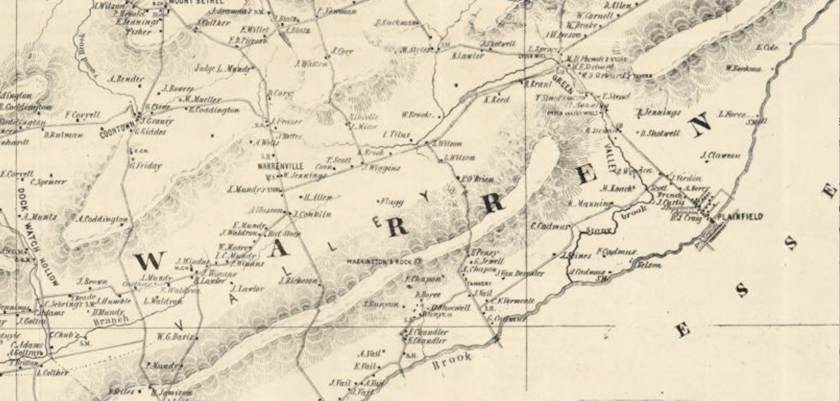
Scottish Noblemen
Ownership of the property can be traced back to proprietors from 1684 who bought a large amount of land from the Lenape natives includes the Vermeule House property. The specific land of the Vermeule House property can be traced back to a Scottish Nobleman named Sir Evan Cameron Smith. The Vermeule House Property site was part of the 2000-acre purchase made by Smith in 1690. Between 1690-1768, the 2,000-acre property changed owners, was subdivided, and used by tenant farms. During this time, its history was relatively unknown. However, in 1768 a landowner named John Laing sold 116.75 acres of the property to Cornelius Vermeule, a second generation Dutch American. The purchase marks the starting point of a long and intriguing history.
Vermeule Family in Somerset County
The Vermeules were Dutch settlers who can trace their New World origins back to 1683 and Adrian Vermeule. Adrian was a young man settling in Harlem, New York. Before he moved to Bergen County in 1708, by 1713, he had purchased land in Somerset County. Adrian’s sons Cornelius and Frederick would buy 1,200 acres of land in modern Green Brook, but what was then still Bernards Township. The property would be known as The Blue Hills Plantation. Cornelius and his sons were ardent patriots, all serving in some capacity during the Revolution. Cornelius served as a member of the New Jersey Provincial Congress in 1775.
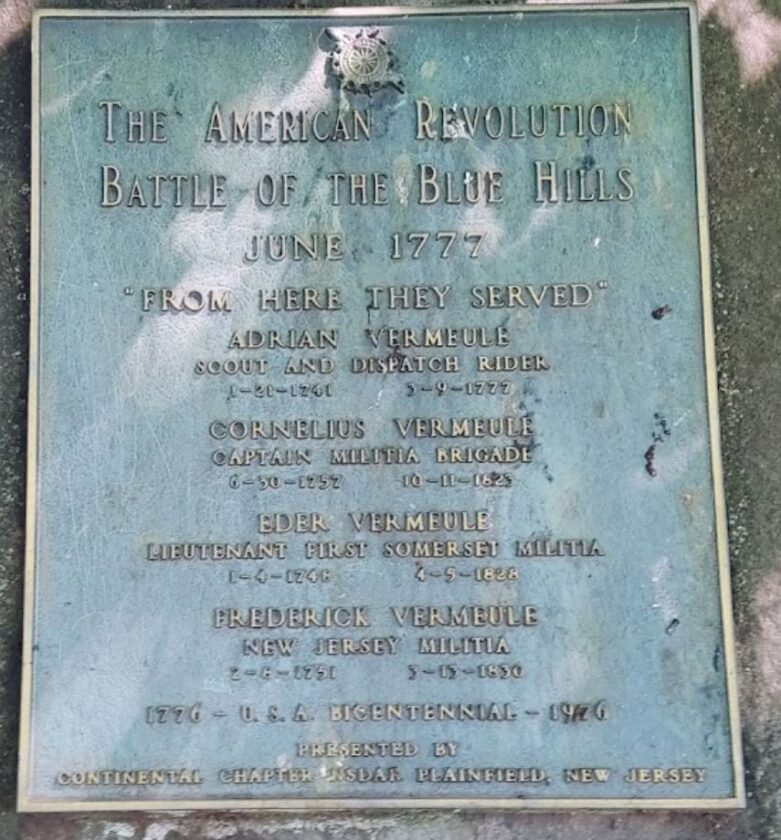
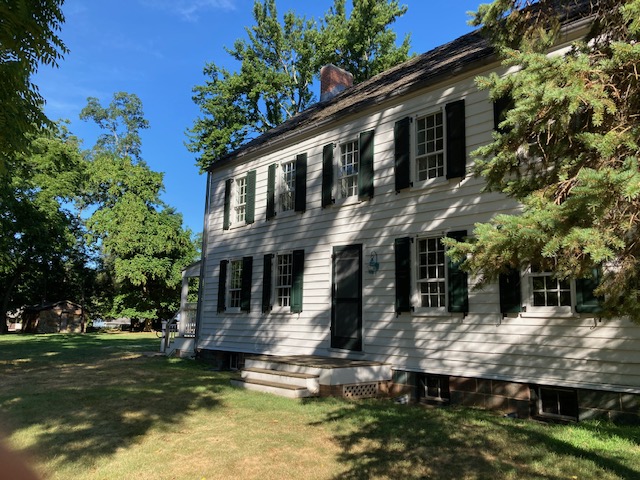
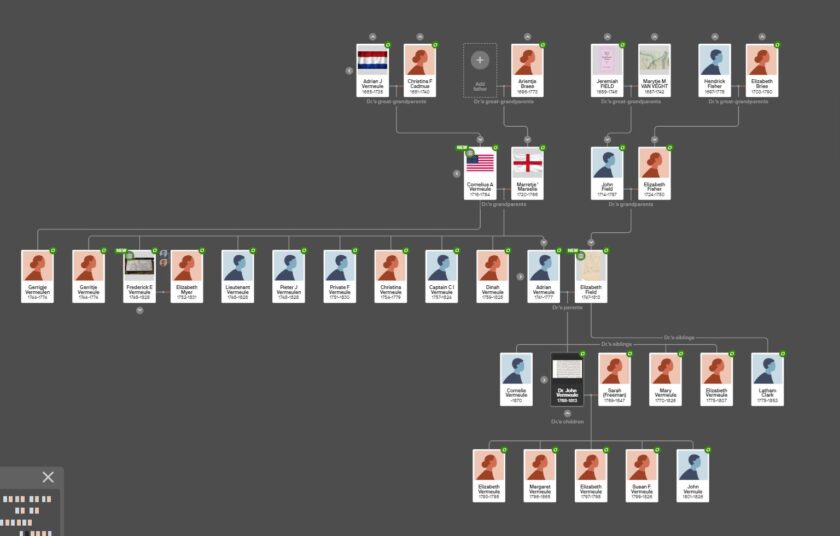
The modern Vermeule House property’s story directly follows Cornelius’ son Adrian (1741-1777), who served in the war as a scout and dispatch rider. Cornelius likely purchased the land, including the modern Vermeule House property, in 1768 to support Adrian and his new family. Adrian met an unfortunate fate, when he was captured and taken to a notorious sugar house prison. A sugar house was a British POW prison where conditions were horrible, and the majority of prisoners did not survive. Sadly, Adrian Vermeule died during capture in the sugar house prison, leaving his property to his widow Elizabeth and his children.
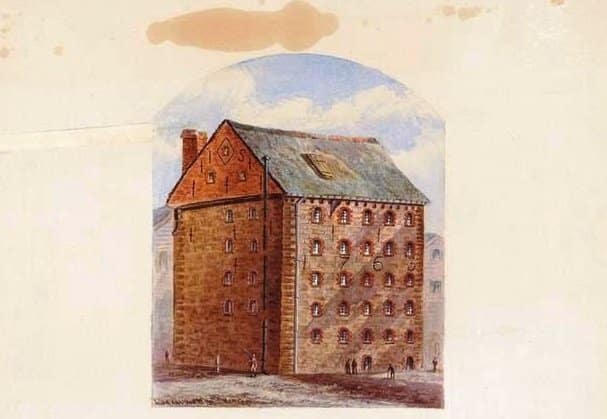
Despite owning the property for almost ten years before his death, there is no record of Adrian living on the modern Vermeule House site. Rather, a 1778 map shows a “widow Vanmeulin” dwelling on the opposite side of the road, on a piece of land owned by Cornelius (Adrian’s Father). Cornelius died in 1784, leaving the 116+ acre former Laing property acquired in 1768 to Adrian’s eldest son John (1768-1813) upon his twentieth birthday. Between Cornelius’ purchase of the property in 1768 and John’s inheritance in 1788, the property was most likely leased to tenant farmers, with no permanent structure erected on the land.
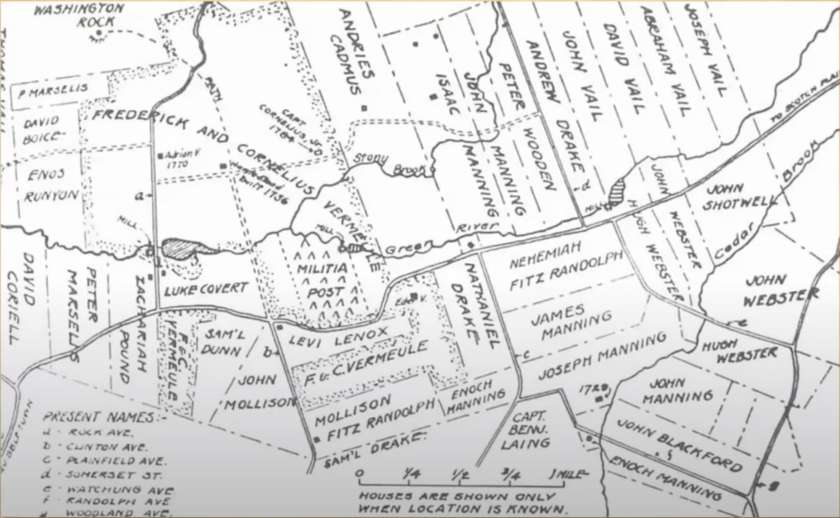
Dr. John Vermeule
After his grandfather’s death, John studied medicine, most likely outside of Somerset County. For nearly ten years, there has been no evidence that John has lived in Somerset County. It wasn’t until 1797 that he appeared on the Bernards Township Tax roll. This year, Dr. John Vermeule decided to build a permanent home on the modern Vermeule property. This was most likely due to three reasons. First, as a means of tax benefits and affordability, Warren Township would break off from Bernards in the beginning of the next century in 1806. Second, his medical practice had grown so he could maintain a large piece of land. Third, owning a large amount of land was a status symbol within the community. The construction officially started in 1799 (as seen inscribed on the cellar way) and was completed in 1806. Dr. Vermeule lived in the house with his wife, three children, and several slaves.
Dr. Vermeule was very successful both financially and in society. His financial success is evident by the upscale furnishings in the house. Furnishings included an English cupboard, a cherry dining table, multiple carpets, ample China, and nicer linens/curtains. Dr, Vermeule also ran a productive farm, evident from the home’s storage facilities. The property contained stores of flax, hay, lumber, corn, and rye. Additionally, the property had a wheat mill, barrack, and a granary. The cellar also had great importance and its size was very impressive for the time. It stored the animal-based products from the farm like cheese, milk, and meat. In greater society, Dr. Vermeule and his two brothers were of the first four signers of a petition to make Warren its township. His brother Frederick served as one of Warren’s first freeholders. Unfortunately, Dr. Vermeule became seriously ill in 1813 and died shortly after at age forty-five.
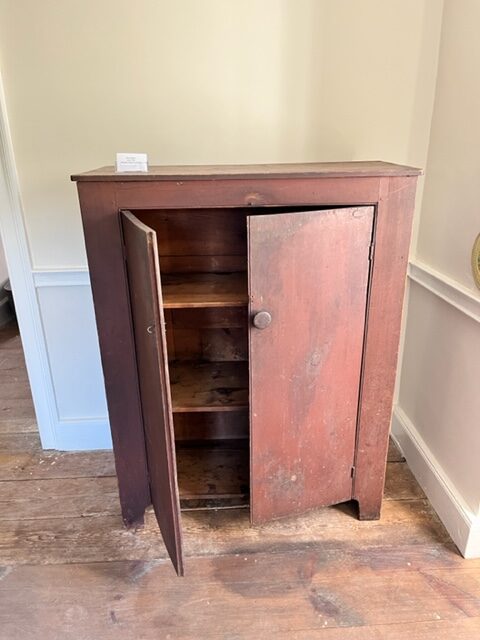
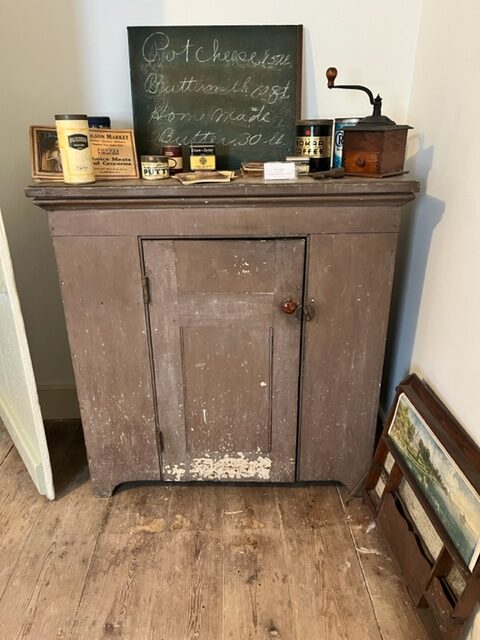
Highlighted in Dr. Vermeule’s will was his wife Sarah, his son John M. Vermeule (1801-1833), and the fate of the slaves he owned. To his wife he gave her two rooms of choosing in the house, any furnishings of her choice, $800 worth of investment of the property, and a slave (who was to be freed upon turning thirty). Dr. Vermeule’s other three slaves were also declared free upon turning thirty or thirty-two years old as well. Dr. Vermeule’s son, John M, inherited his father’s land when he reached twenty-one. Additionally, Dr. Vermeule sold some of the land to public sale. Dr. Vermeule’s death marked the beginning of not only the house’s changing of hands but also the beginning of the property’s reduction in acreage. More turbulent history for the house would lie ahead.
Changing Hands and Changing Times
John M Vermeule ran into financial trouble almost as soon as he could claim his inheritance of the property. By 1823, John was in debt $2,905, equivalent to over $80,000 today. Unable to pay his debts, John, and his wife Mary, executed a quit claims deed on the entire property to James Vail and Eden Laing for $100.00. John M Vermeule’s debt led to the end of Vermeule’s ownership of the land. In the same year, Eden Laing sold part of his acquired property. James Vail bought some of Laing’s shares to add to his own. After the Laing sale, the Vermeule Property lost twenty acres from what was initially acquired.
Co-Inventor of the Morse Code’s Family Takes Residence
James Vail (1773-1850) was a Quaker from a prominent family, with prominent relatives. Stephen Vail was the developer of Speedwell Iron Works in Morristown, Alfred Lewis Vail was the Co-Inventor of Morse code, and Theodore Newton Vail was the president of AT&T in the early 1900s. Vail lived on the Vermeule property for twenty-seven years until his death on January 18, 1859. Based on census records, he lived with his wife, children, and a couple of helping hands that changed over time.
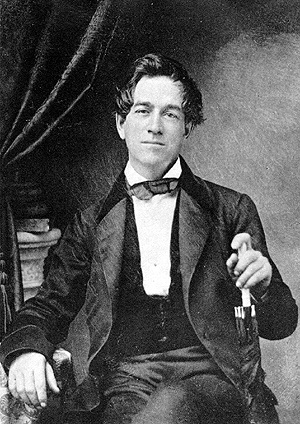
Based on the agricultural census of 1850, Vail’s farm operation included seventy-three acres of improved land, whereas the rest was unimproved, further reducing property usage. James’ will was vital because it provided the first detailed interior layout of the house (how each room was used). His will primarily listed his wife Maria and his daughter Martha inheriting his estate. Martha’s name can be found today inscribed in the house’s attic. Martha died in 1853, before her mother Maria, and only two years later (1855), Maria and Alfred, Martha’s widower husband, sold the property to Morris Cohen of Hoboken, New Jersey.
Morris Cohen
The acquisition of the Vermeule property by Morris Cohen was groundbreaking. Cohen was a Jewish man who originally immigrated from Poland, which was unusual for two reasons. First, Cohen and his family were most likely the first Jewish residents of Green Brook. Second, his presence as a farmer was unusual for the country. It was extremely rare for Jewish immigrants before the 1880s to become rural farmers after immigrating to the United States. The surrounding area also significantly changed during Cohen’s ownership of the property. The new local rail system created a less rural and a more commercial environment. Developers set up the new Washington Park District, which included a new town, Dunellen. Washington Park District was created with the intention of housing commuters working in New York City. Additionally, plans were being laid for a second railroad only a quarter mile north of the Vermeule property. It was during this development that, in March 1868, Cohen sold the property. Now consisting of around 66 acres, the property was sold to Michael Marcley and Martin M Thorn. However, these owners were real estate investors not farmers. For the remainder of the 19th century, the Vermeule property owners would not be its tenants.
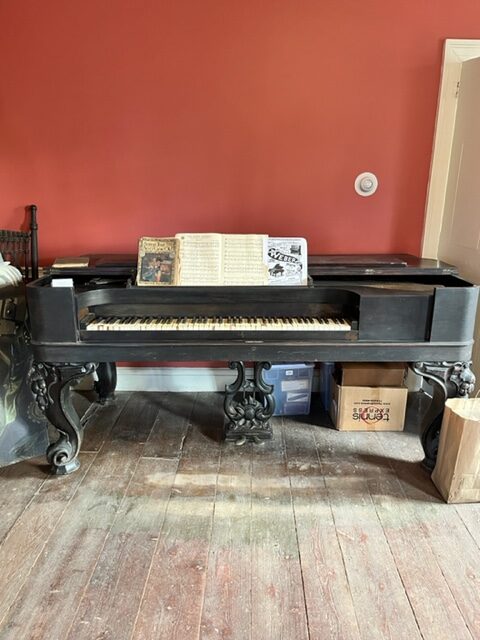
Dark Ages at the Vermeule House
One may consider the last thirty years of the 19th century to be a dark age for the Vermeule House, not due to the property’s condition but rather because of the lack of personality and family history. Corresponding to the large amount of commercial development of the area, the Vermeule House property was owned in this time by real estate investors who never lived on the property itself. Additionally, the property was further subdivided, and only 59 acres of land had been attached to the house by the end of the 19th Century. The property was sold several times in this short span and was subject to five total mortgages totaling $26,700. While the first few property owners during this time are well documented, there is no clear record of who owned the property between 1891-1900.
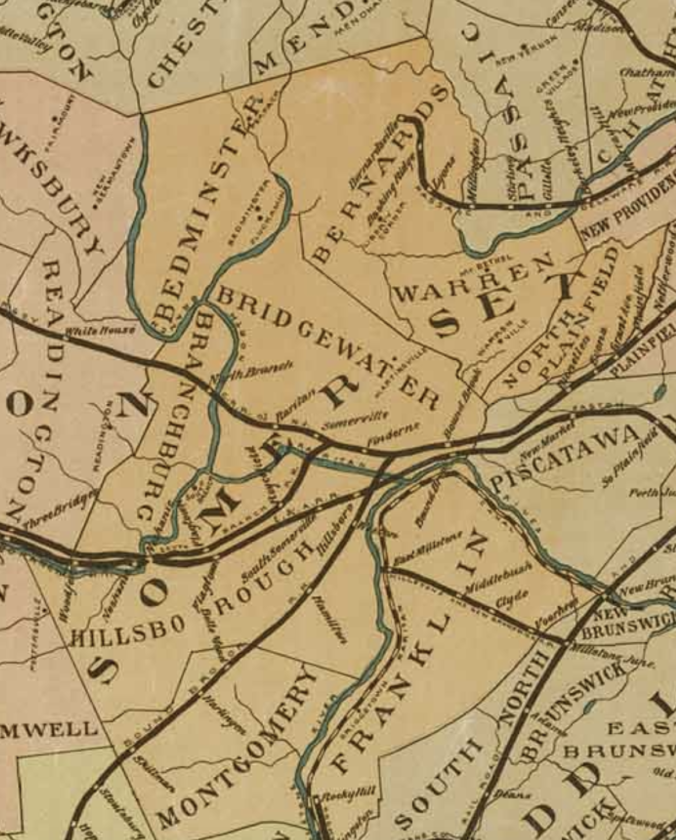
However, the dark ages of the Vermeule House wouldn’t continue past 1900. A tenant farmer living on the property for about two decades would reassert family history as a significant part of the Dr. Vermeule House’s story.
Abram Voorhies and the Grotto Dairy Farm Renaissance
A tenant farmer who leased the Vermeule Property, Abram Pool Voorhies (1845-1912) bought the property in 1901. This broke up the chain of the Vermeule House and property not being occupied by its owners. Voorhies had lived on the property possibly as early as 1880. This is evident from a broken step stone beside the house with the inscription “Voorhies 188-.” Voorhies reinvigorated the property through his successful dairy farm. Improved railroad technology allowed for the rapid delivery of food-based products to New York City. This led Voorhies to turn the property’s focus towards dairy farming. Additionally, the profitability from the farm meant the property did not have to be subdivided further. Abram Voorhies died in 1912 and bequeathed the Vermeule House property to his wife Carrie.
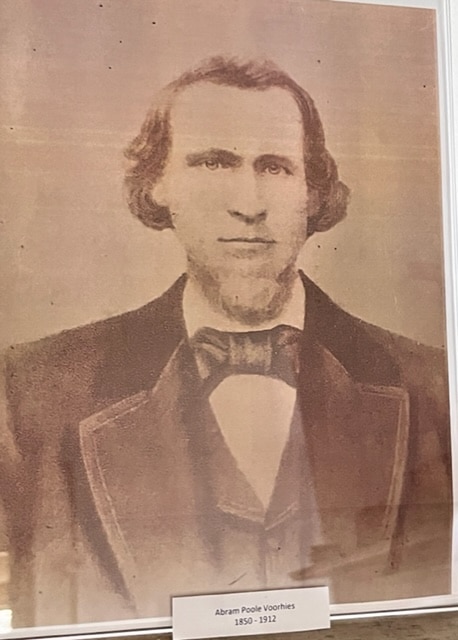
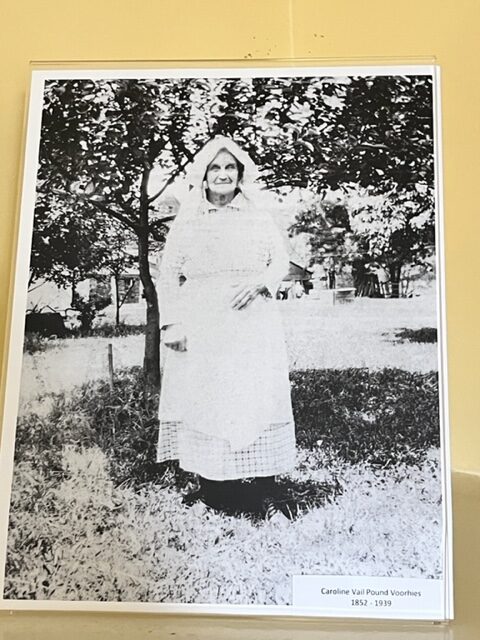
Carrie Voorhies (neè Pound) continued to live on and own the property for twenty-seven years after her husband’s death. The farm, known as “Grotto Dairy Farm,” continued to be successful during and after Carrie’s life. After Carrie died in 1939, the property was conveyed to Abram and Carrie’s daughter, Florence Mundy, and her family. The farm continued to flourish into the mid-20th century with the emergence of Route 29 (later Route 22) as a highway leading to Newark and New York. The central roadway created an even faster and easier method of delivering food-based products to urban centers. Additionally, the emergence of a highway further suburbanized the area and aided in the creation of a new township, Green Brook.
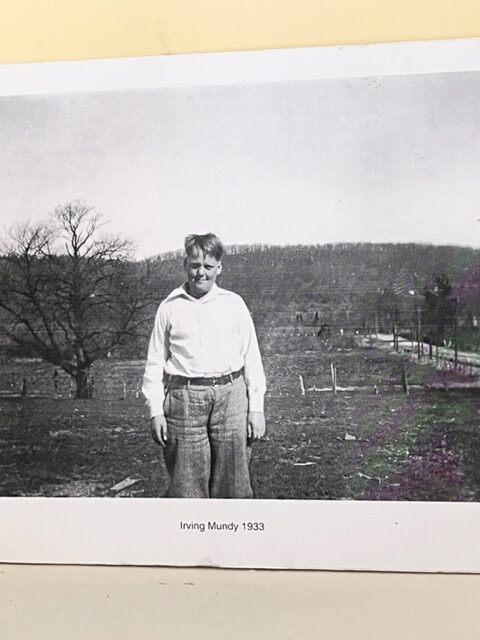
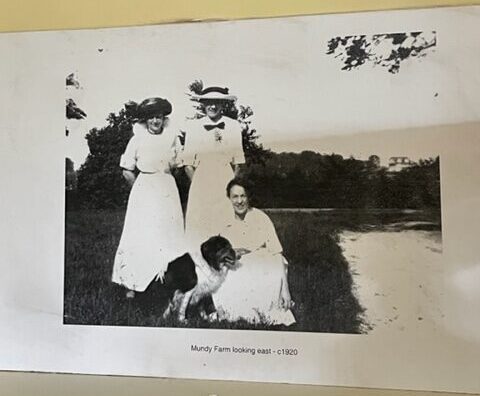
By the 1950s, the Mundy’s began to subdivide the Vermeule House Property further. First in 1951 to A. Irving Mundy (Florence’s son) and his wife Dorothy. Next was a massive subdivision of the land to Rockview Terrace Inc., a real estate development company. Rockview Terrace Inc. acquired nearly fifty acres of the property, including most of the southern section and a small piece of the northern section. The farm continued to operate into the 1960s, but in the following decades more pieces of land were sold off. Finally, Florence sold five and a half acres at the northern section of the property to Edgewood Realty Corp in 1972.
A Modern Symbol of Green Brook Township
While the Grotto Dairy Farm was successful for over fifty years, the lack of interest over the generations in farming caused continual subdivision. However, A. Irving Mundy and his wife created a living trust in 2000 to protect the interest of the property His son Gilbert I Mundy acquired the property in 2003 and after his father’s death, would look to secure the property into Green Brook’s legacy permanently. Gilbert had no children to pass the property onto and fulfilled his family wishes by selling it to the town of Green Brook for preservation.
The Green Brook Historical Society purchased the house from Gilbert in 2009. They immediately started a couple projects ensuring the continual survival and importance of the home. In October 2009, members of the Green Brook Historical Society by a happy accident, found dozens of artifacts from the house. The artifacts were from a wide array of eras and included granite China, white ware, and bottle glass. In April 2010, a planned dig and excavation of artifacts took place, headed by Dr. Richard Veit of Monmouth University. Dozens of artifacts were found in this dig, including glass containers, porcelain, and personal items such as leather belts and eyeglasses. These digs combined with the vast number of items kept by families in the house throughout the years, allowed the Green Brook Historical Society to maintain the Vermeule House as a museum.
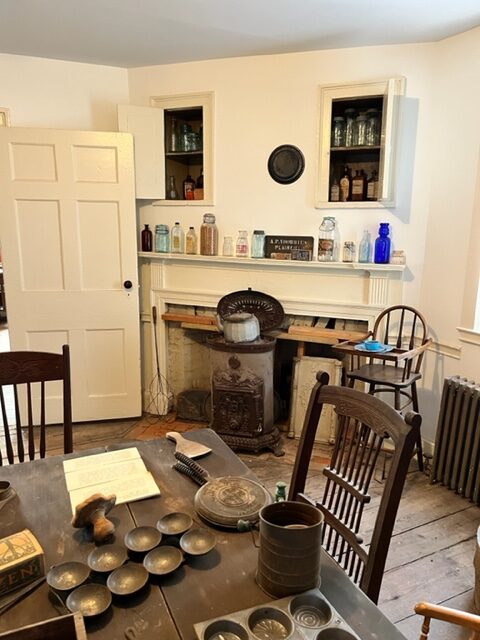
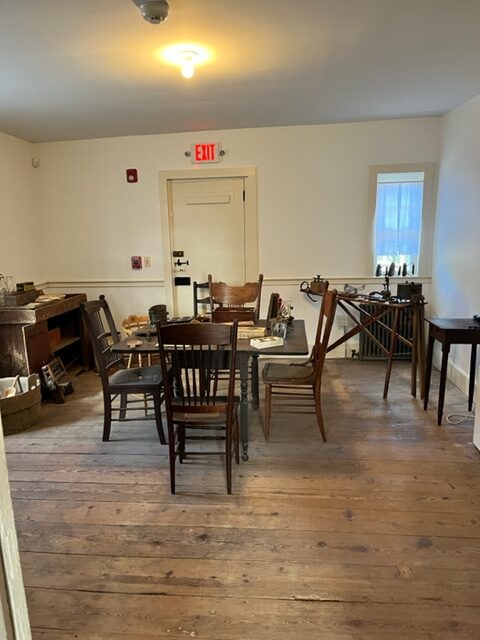
Throughout its history, it has seen many owners, the breakup of its property, and the changing landscape from farm to highway. However, the Vermeule House is essentially the same structurally from its initial construction in the late 1700s-1800s. The house can be found off Route 22 on the south side of the Rock Avenue traffic light, less than a half a mile down the road. It is open to the public at least once a month as a museum. Each room is assembled to look like an active room with artifacts from all eras of the house’s ownership. A visitor can truly get an authentic feeling of what it was like to live in the Vermeule House in various eras. There is no doubt that its preservation, story, and original structure make the Dr. John Vermeule House the gem of the historical site of Green Brook.
Visit the Vermeule House
The Vermeule House is located at 230 Rock Avenue in Green Brook. If you are interested in visiting the house or any other Green Brook-related sites, visit the Green Brook Historical Society’s website to find out more.
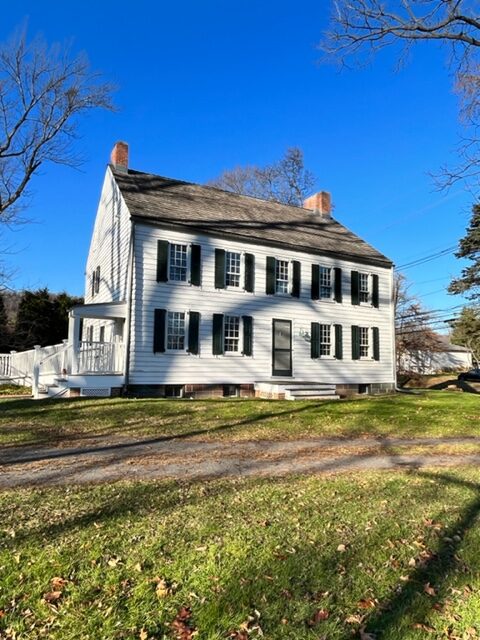
Vermeule Property Owners from the Construction of the Dr. John Vermeule House Onwards
| OWNER | YEARS | NOTES |
| Dr. John Vermeule (1768-1813) | 1797-1813 | House fully constructed in 1806 |
| John M. Vermeule (1801-1833) | 1813-1823 | |
| James Vail (1773-1850) | 1823-1850 | |
| Maria Vail/Martha/Alfred Vail | 1850-1855 | Tenant farmer who lived in the house for at least a decade earlier |
| Morris Cohen | 1855-1868 | |
| Michael Marcley, Martin M Thorn, and Other Real Estate Investors | 1868-1900 | Owners during this time didn’t live in the house |
| Abram Pool Voorhies (1845-1912) | 1900-1912 | Tenant farmer, who lived in the house for at least a decade earlier |
| Carrie Pound Voorhies (1852-1939) | 1912-1939 | |
| Florence Mundy (1895-1972) | 1939-1951 | Daughter of Carrie Pound Voorhies |
| Major Subdivision of Property Between A. Irving Mundy, Florence Mundy, Rockview Terrace Inc., and Edgewood Realty Corp | 1951-1973 | |
| A. Irving Mundy | 1973-2003 | Subdivided land to Real Estate Companies not included |
| Gilbert I Mundy | 2003-2009 | |
| Township of Green Brook | 2009-Pres |
